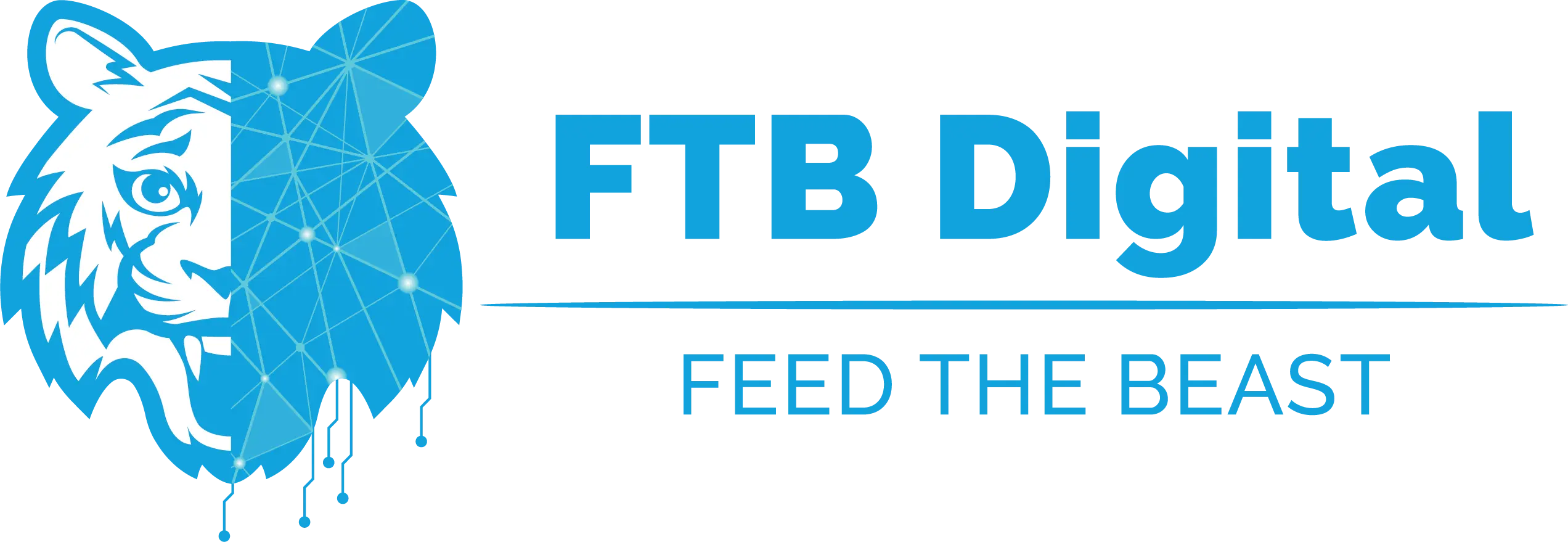WordPress Basics: Managing Users and Roles
Introduction
WordPress allows you to manage multiple users on your site, each with different roles and permissions. This feature is particularly useful for websites with multiple contributors, editors, or administrators. Understanding how to manage users and assign appropriate roles ensures that your site remains secure and that each user has access to the necessary tools and functions.
User Roles and Capabilities
WordPress comes with several predefined user roles, each with its own set of capabilities. Here are the default user roles and their permissions:
1. Administrator
- Capabilities: Full access to all settings and features of the site. Administrators can install and manage plugins and themes, create and delete posts and pages, manage users, and more.
- Use Case: Site owners and top-level managers.
2. Editor
- Capabilities: Manage and publish their own posts and pages as well as those of other users. Editors can also moderate comments and manage categories and tags.
- Use Case: Content managers and senior editors.
3. Author
- Capabilities: Create, edit, and publish their own posts. Authors cannot manage other users’ posts or access site settings.
- Use Case: Regular contributors and writers.
4. Contributor
- Capabilities: Create and edit their own posts but cannot publish them. Posts must be reviewed and published by an Editor or Administrator.
- Use Case: Guest writers and new contributors.
5. Subscriber
- Capabilities: Read content and manage their own profile. Subscribers cannot create or edit posts.
- Use Case: Users who need access to restricted content or want to manage their profile.
Adding New Users
To add new users to your WordPress site:
- Navigate to Users > Add New in your WordPress dashboard.
- Fill in User Information: Enter the username, email address, first name, last name, and website (optional) for the new user.
- Set a Password: Either set a password manually or let WordPress generate a strong password automatically.
- Assign a Role: Select an appropriate role for the new user from the drop-down menu.
- Send User Notification: Check the box to send the new user an email about their account.
- Click Add New User: The new user will receive an email with their login details.
Managing User Roles
To manage and edit existing user roles:
- Navigate to Users > All Users in your WordPress dashboard.
- Find the User: Locate the user whose role you want to change.
- Edit User: Hover over the username and click Edit.
- Change Role: Select a new role from the Role drop-down menu.
- Save Changes: Click the Update User button to save the changes.
Customizing User Roles
While the default roles are sufficient for most sites, you might need custom roles with specific capabilities. To create or customize roles, you can use a plugin such as User Role Editor.
Using User Role Editor
- Install and Activate the Plugin: Navigate to Plugins > Add New, search for “User Role Editor,” install, and activate the plugin.
- Access User Role Editor: Navigate to Users > User Role Editor.
- Select a Role: Choose the role you want to customize from the drop-down menu.
- Modify Capabilities: Check or uncheck the capabilities you want to add or remove for the selected role.
- Save Changes: Click the Update button to save your changes.
Managing User Profiles
Users can manage their own profiles by navigating to Users > Profile in the WordPress dashboard. Here, they can update their personal information, change their password, and configure other settings like biographical info and social media links.
Best Practices for Managing Users and Roles
Limit Administrator Access
Grant the Administrator role only to trusted individuals who need full access to the site. Too many administrators can pose security risks.
Use Strong Passwords
Encourage all users to use strong, unique passwords to enhance site security. WordPress can generate strong passwords automatically.
Regularly Review User Roles
Periodically review and update user roles to ensure they are appropriate for each user’s responsibilities.
Monitor User Activity
Use plugins like WP Activity Log to monitor user activity and keep track of changes made to your site.
Conclusion
Managing users and roles is a critical aspect of running a WordPress site, especially as your team grows. By understanding the capabilities associated with each role and following best practices, you can maintain a secure and well-organized website. Proper user management ensures that everyone has the necessary access to perform their tasks efficiently while keeping your site safe.

